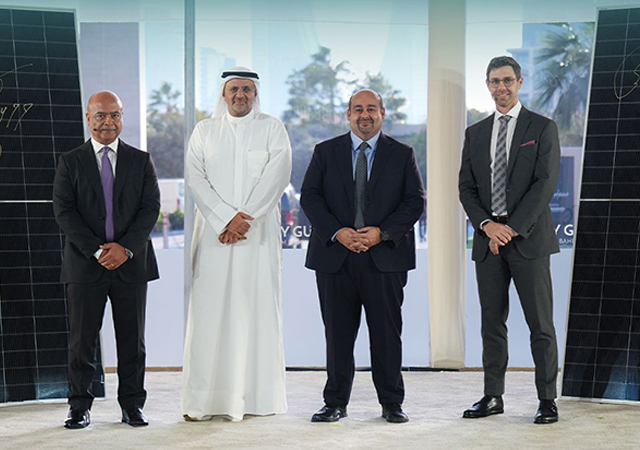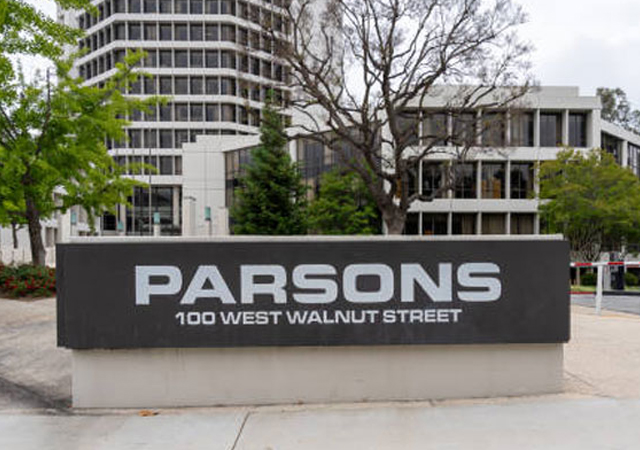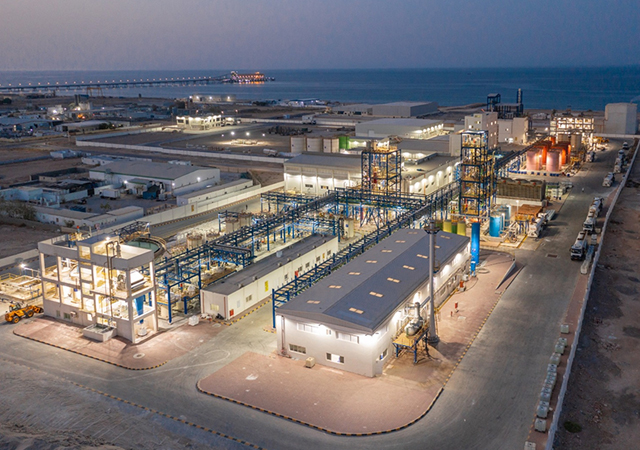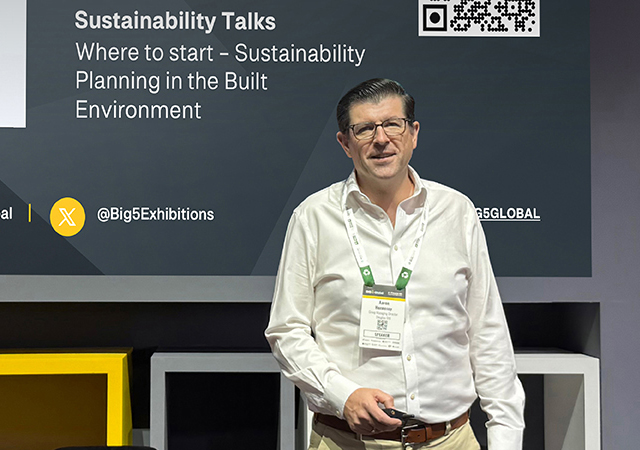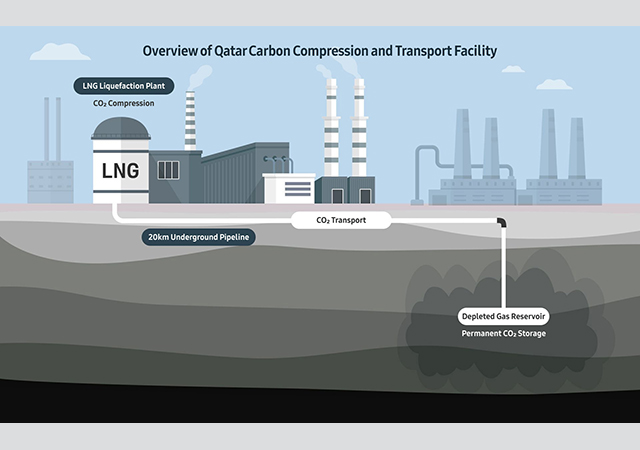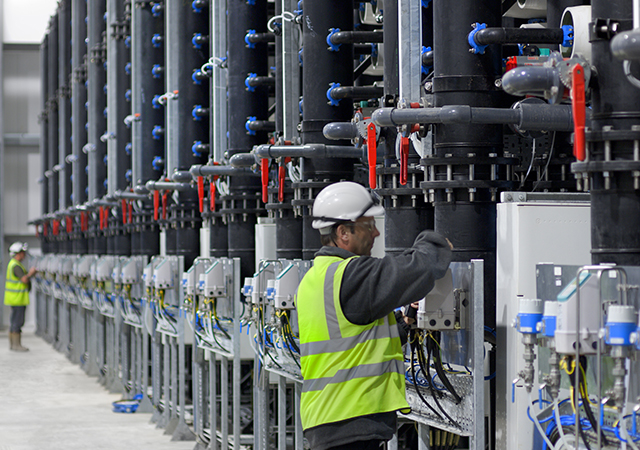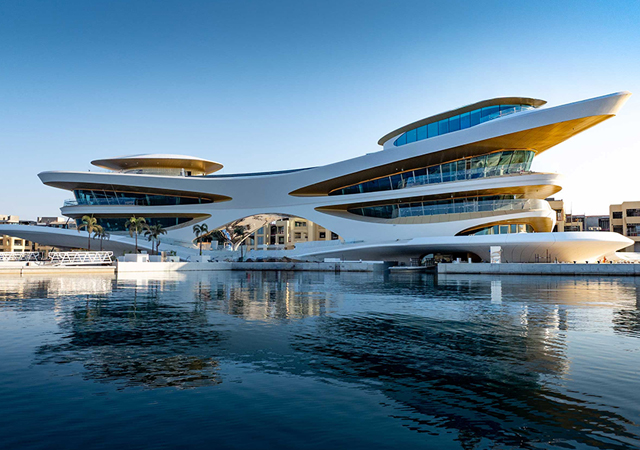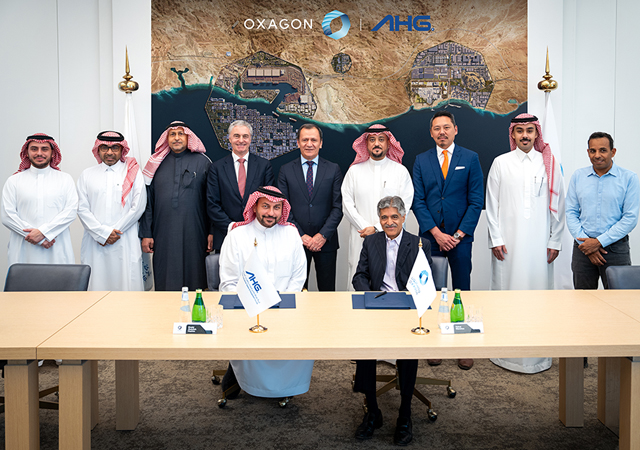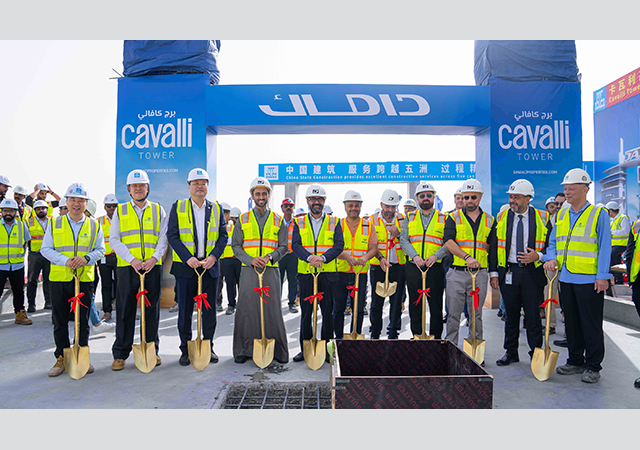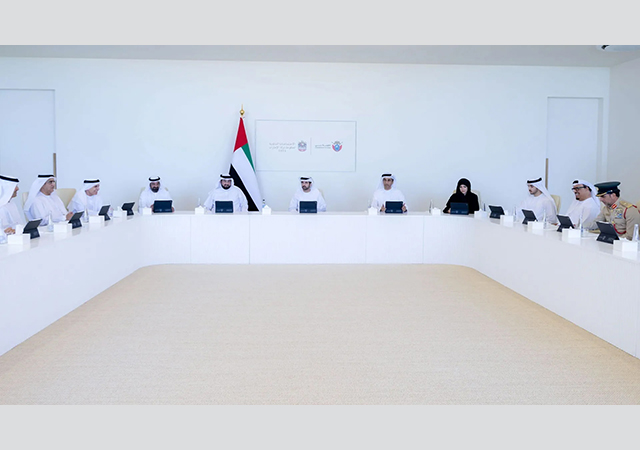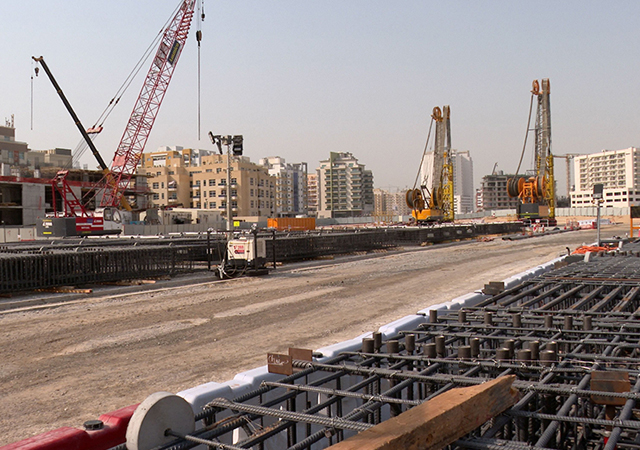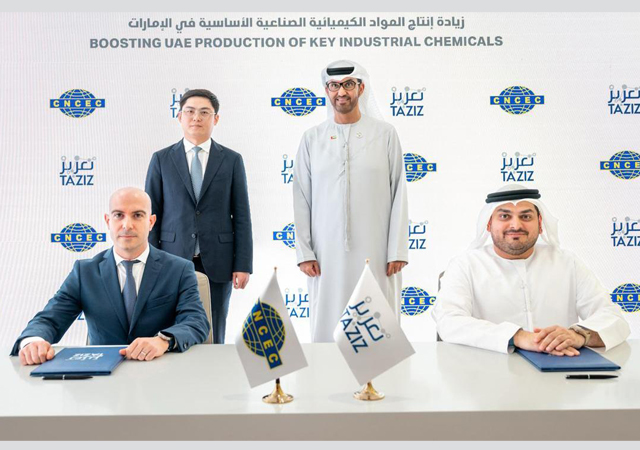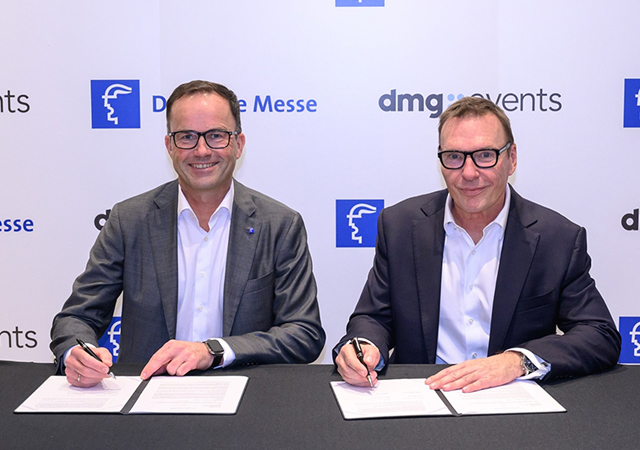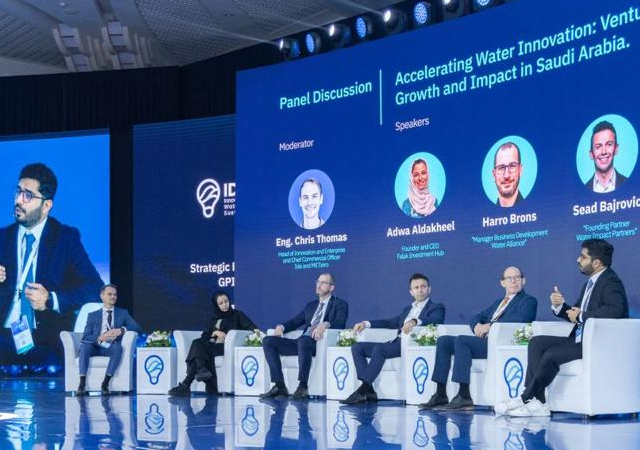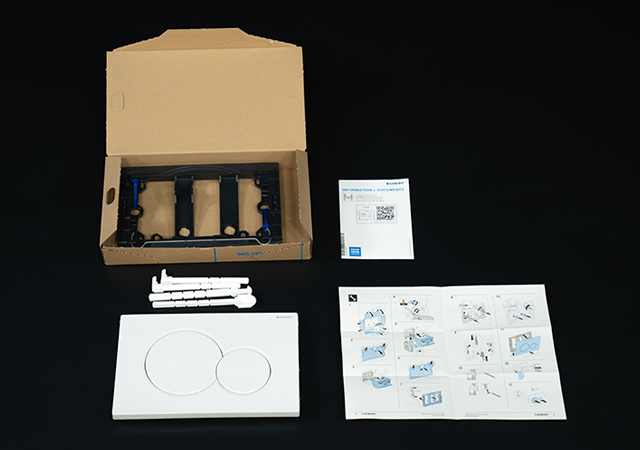
 The new packaging for the Sigma actuator plates.
The new packaging for the Sigma actuator plates.
First, they accumulate in the factory, then in the delivery vans of forwarding agents, and finally in front of house entrances. While not desirable in themselves, they serve an important purpose: the packaging to protect their contents. Geberit ensures its products are well-packaged to guarantee they arrive safely at their destination.
What does packaging do?
Packaging offers protection and helps with the transport and storage of a product. It provides information and serves as an attractive presentation. It is, therefore, also an important marketing tool. A good visual appearance and the functionality of the packaging are decisive in reflecting the high product quality that Geberit stands for. In short: the packaging is the bridge between production and the many places where the products are used.
What is Geberit packaging made of?
Geberit primarily uses the following packaging: boxes (made of cardboard), films and bags (made of plastic), pallets (made of wood) and protective caps (made of plastic), which are also part of the packaging. Packaging also includes chipboard, trays (made of cardboard), labels, adhesive tape, and paper (eg, manuals).
Looking at the weight of the materials in tonnes, around half of all packaging material at Geberit is made of wood. This is mainly due to the pallets on which the packaged products are stored and transported. Cardboard accounts for around a third of the total weight, followed by plastic and paper.
However, when it comes to the number of items, plastic packaging – bags, films, and protective caps – tops the list. This is followed by paper labels.
.jpg) |
|
An interdisciplinary team has worked together to develop the new packaging for the two AquaClean shower toilets. |
Why do we need a packaging strategy?
Geberit packaging gets products to their destination undamaged and performs well in customer surveys. Nonetheless, the company is still working on improvements.
Challenging the status quo, continuously refining processes, and delivering greater added value—these principles guide both Geberit’s products and their packaging. As a global company, Geberit also has a responsibility to comply with EU regulations (see below).
The new European Packaging Regulation
The new European Packaging Regulation is part of the European Green Deal and aims to tackle the increasing amounts of packaging waste. The goal is to reduce packaging waste and to promote reuse, recycling, and multi-use solutions. The EU Parliament approved the regulation in April 2024 and it is expected to come into force in 2030. Requirements for manufacturers include:
- Packaging reduction: 5% by 2030, 10% by 2035, and 15% by 2040;
- Recycling: At least 35% recycled material for plastic packaging;
- Recyclability: Make plastic packaging circular by 2030;
(ie, ensure that it is recyclable and contains recycled plastic) - Ban on single-use packaging: Certain single-use plastic packaging will be banned from 1 January 2030
Geberit’s packaging strategy
Geberit launched a new packaging strategy in 2023. Its teams are working on systematically optimising packaging, so it meets the requirements of customers as well as those of product management, logistics, marketing, and legislation.
The aim is to reduce packaging material by 10 per cent by 2030 compared to 2023. By then, plastic packaging should contain at least 35 per cent recycled material.
As part of the new strategy, Geberit will gradually reduce packaging material and/or enrich it with recycled material (see examples).
Part of the strategy is to further professionalise and automate packaging management. For example, a robot recently started carrying out picking tasks in logistics in Pfullendorf, Germany. It can pack smaller items neatly in containers such as cardboard boxes or plastic crates. This is only possible thanks to careful data management and preparation.
In Rapperswil-Jona, Switzerland, a drop test device will soon be testing the quality of the new packaging. The device drops parcels from different heights. The advantage is that employees no longer have to lift heavy parcels and carry out these tests manually - Geberit tests not only products but also new packaging with the usual meticulousness before market launch.
Tangible customer benefits
Reducing the amount of packaging material brings tangible benefits for customers. Take disposal, for example, with less waste that has to be disposed of for a fee. There are also fewer individual packs, meaning you no longer have to unpack everything item by item. This, in turn, leads to less tidying up and sorting, and saves time.
Examples of packaging optimisation
Geberit AquaClean shower toilets
Since the beginning of 2024, the AquaClean Mera and Sela Round shower toilet models have been delivered to plumbers and customers in handy, slim packaging. Both the boxes and the protective inserts made of cardboard were significantly reduced – by over one-third compared to the old packaging – while maintaining the same level of protection. This drop in size and weight of the packaging alone reduces the carbon footprint of the two products. In the case of AquaClean Mera, the reduction of CO2 emissions is almost 70 tonnes annually, while with AquaClean Sela Round it is about 20 tonnes. In addition, since April 2024, two new AquaClean products - AquaClean Sela Square and AquaClean Alba - have been delivered in the new, slim packaging.
Actuator plates
When it comes to packaging for the actuator plates, the approach is to leave out what is not needed. In line with the new packaging strategy, a team at Geberit revised the packaging for the Sigma01, Sigma20 and Sigma30 models. The actuator rods and distance bolts are no longer packed in separate plastic bags. As a result, Geberit saves almost four tonnes of plastic per year. Thanks to an improved and compact design of the printed assembly and cleaning instructions, almost 27 tonnes of paper can be saved annually. With these seemingly small changes, Geberit is reducing its annual CO2 emissions by 25 per cent compared to the old packaging.








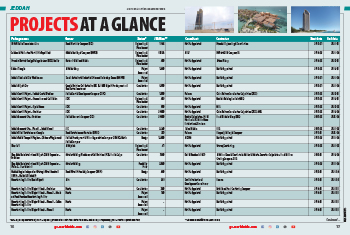
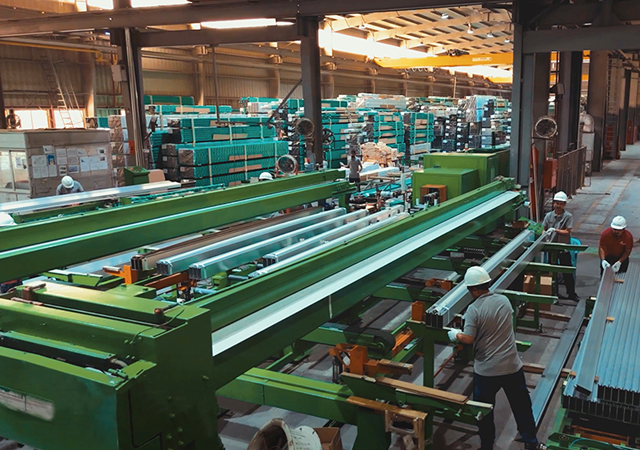


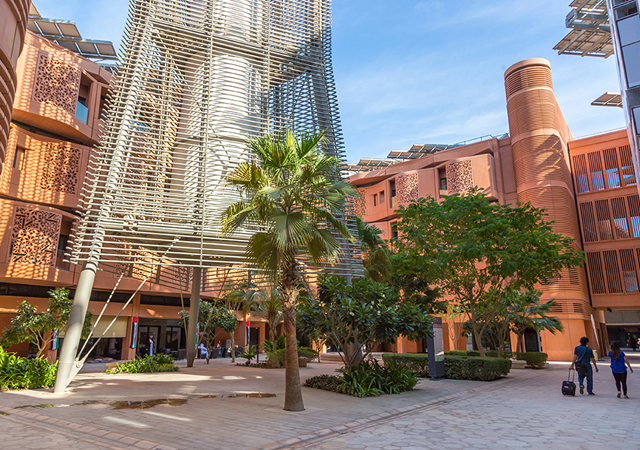
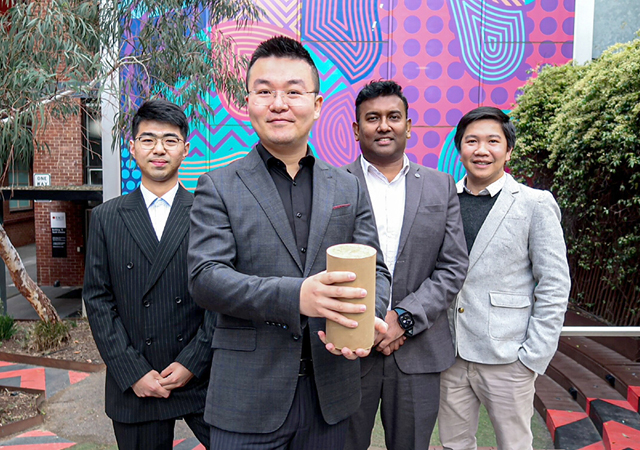
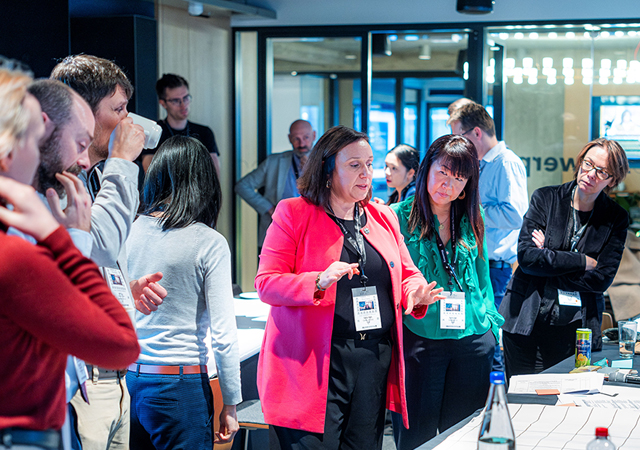
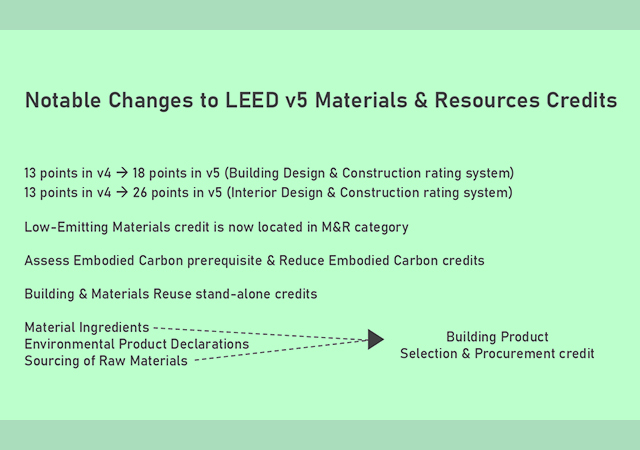
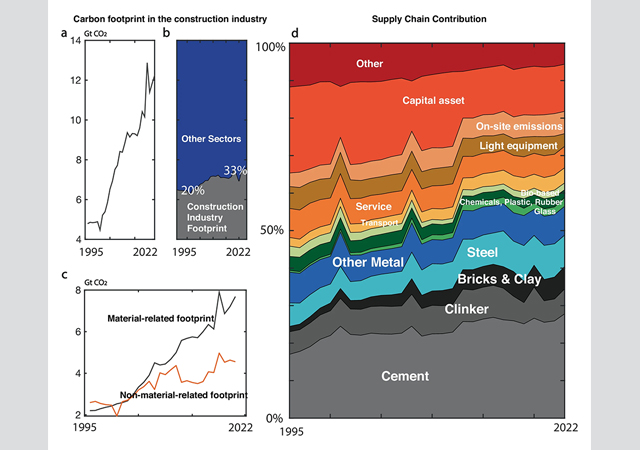
.jpg)
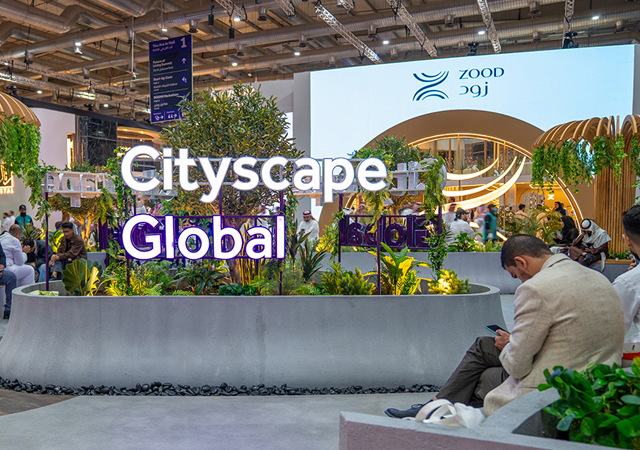
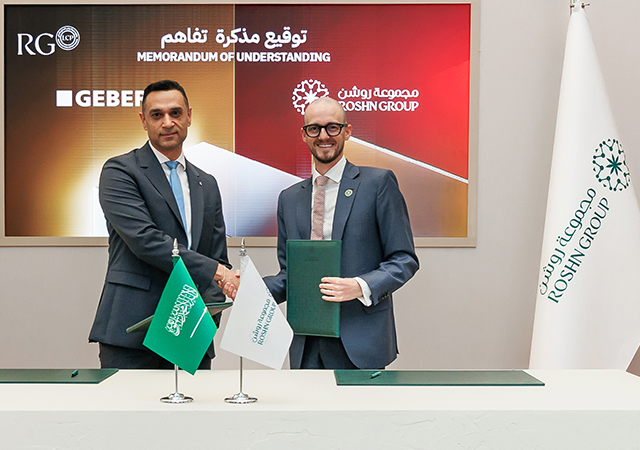
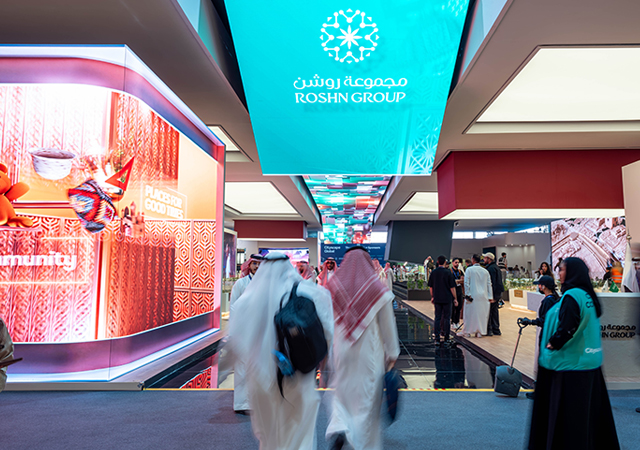






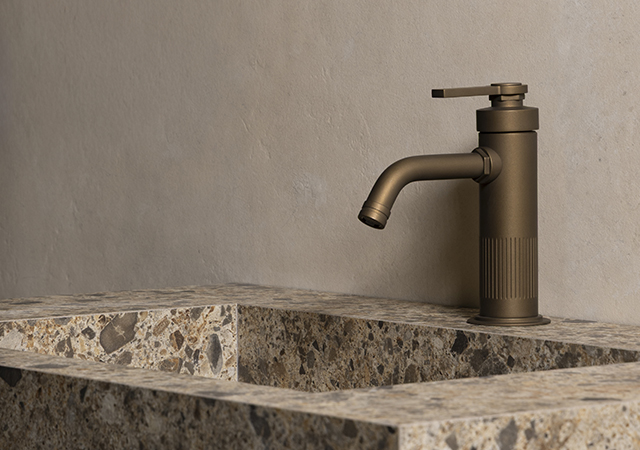

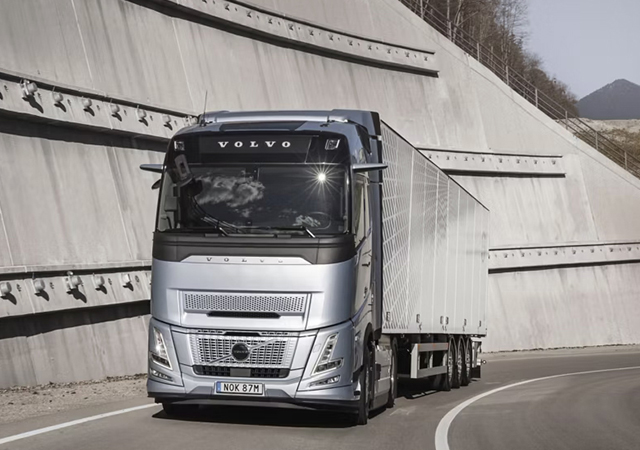
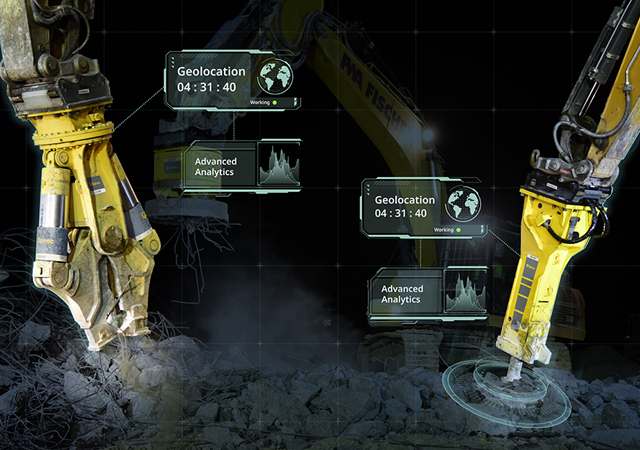
 (1).jpg)

